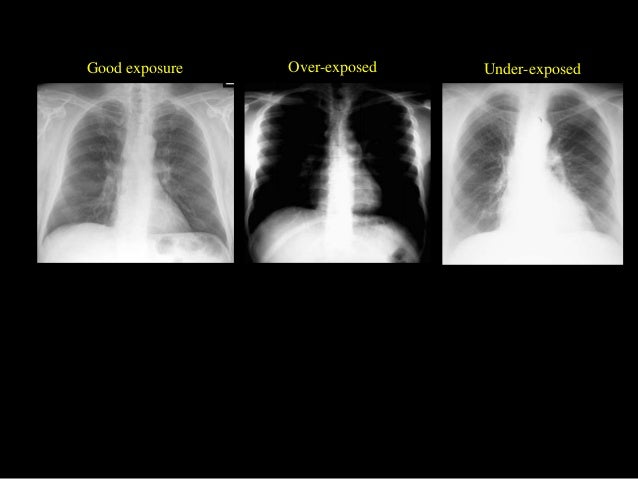
Optimisation applies to all level II justifications and to all individual patients after level III justification. ICRP defines optimisation as the process of determining what level of protection and safety makes exposures, and the probability and magnitude of potential exposures, “as low as reasonably achievable” (ALARA), economic and societal factors being taken into account. This paper is intended to help ESR institutional member societies, and in particular EU MS, in communicating with their regulators to find practicable solutions to implement these specific aspects of the directive. This is a new challenge as many EU member states (EU MS) have neither definitions of accidental and unintended exposures nor recognition or reporting criteria. Article 63 (c) states:įor all medical exposures the undertaking implements an appropriate system for the record keeping and analysis of events involving or potentially involving accidental or unintended medical exposures, commensurate with the radiological risk posed by the practice Articles 63 and 96 of the EU-BSS are focussed on new requirements to recognise, manage and report accidental and unintended exposures. The ESR successfully evaluated the activities in transposition with an EC tender project. A challenging task for European member states is the transposition of Council Directive 2013/59/EURATOM (EU-BSS) requirements in the medical sector into national law. Under the umbrella of the EuroSafe Imaging Campaign, the European Society of Radiology (ESR) makes a strong commitment to all aspects of radiation protection of patients and occupational exposure of staff and the general population. The three fundamental principles of radiation protection are justification, optimisation and the application of dose limits (ICRP103).

Radiation protection is one of the important scientific fields concerning the safety of patients in diagnostic and interventional radiology.


 0 kommentar(er)
0 kommentar(er)
